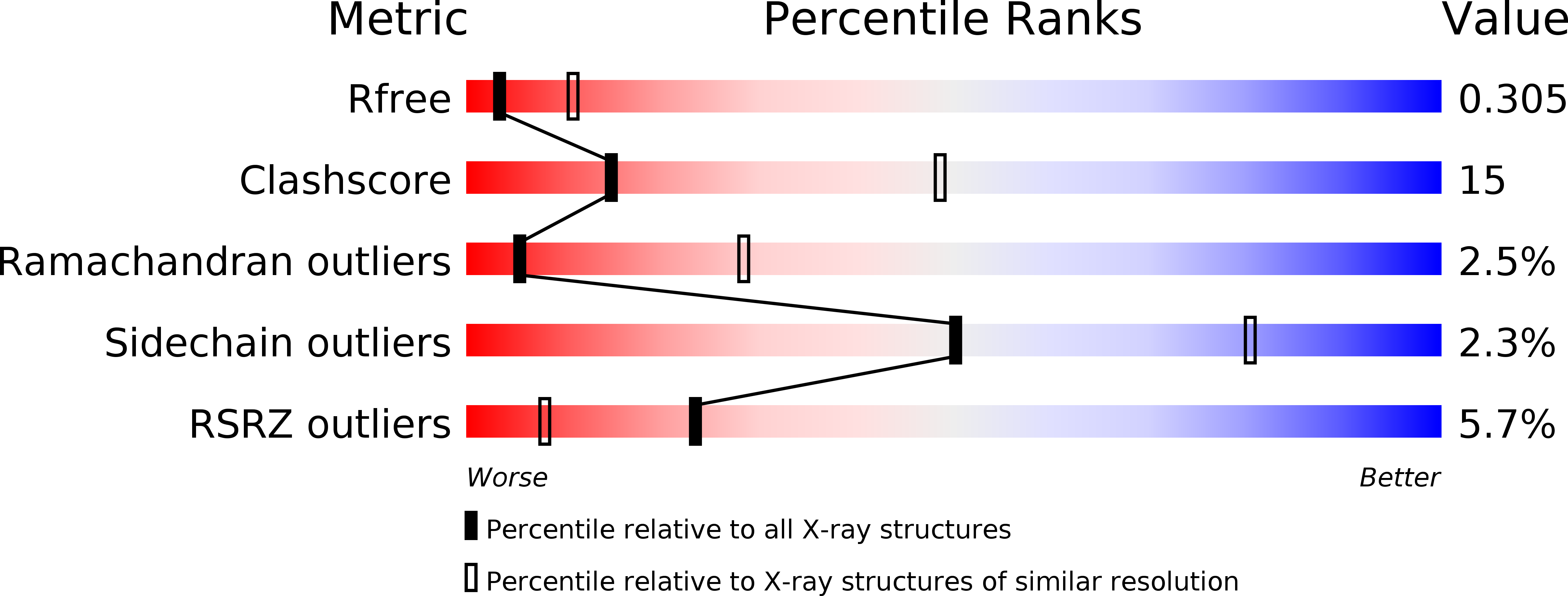
Deposition Date
2003-12-03
Release Date
2004-07-20
Last Version Date
2024-10-09
Entry Detail
PDB ID:
1RPQ
Keywords:
Title:
High Affinity IgE Receptor (alpha chain) Complexed with Tight-Binding E131 'zeta' Peptide from Phage Display
Biological Source:
Source Organism:
Homo sapiens (Taxon ID: 9606)
Host Organism:
Method Details:
Experimental Method:
Resolution:
3.00 Å
R-Value Free:
0.34
R-Value Work:
0.29
R-Value Observed:
0.29
Space Group:
C 2 2 21


